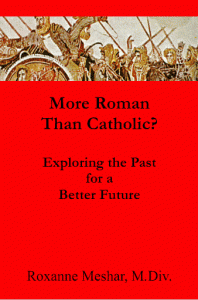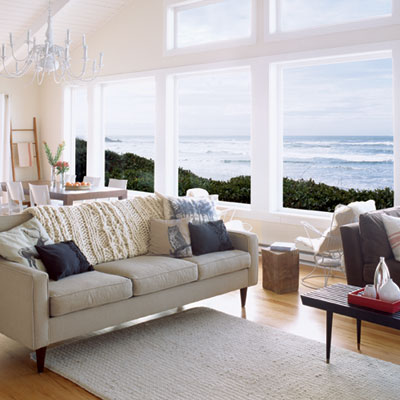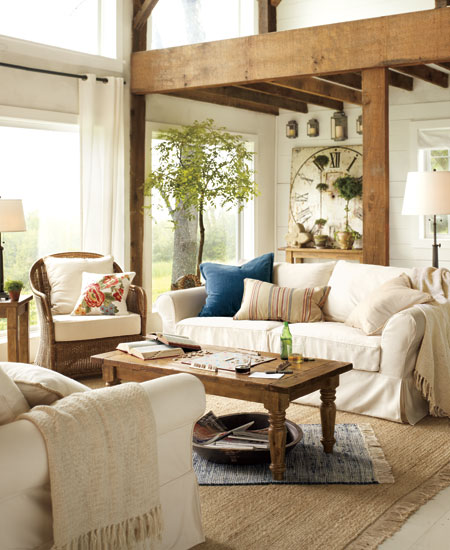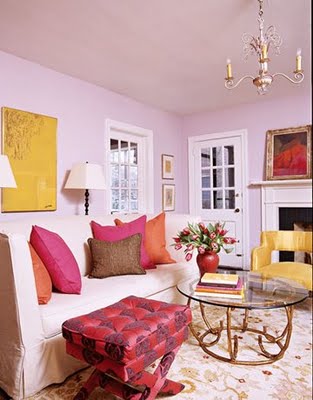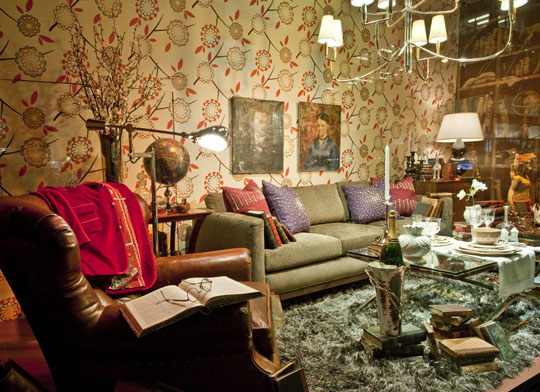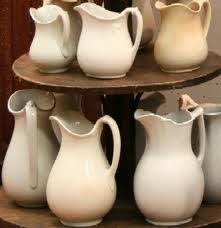 Last night was the beginning of the great three-day liturgy – the Triduum – for Catholics. It is by far the most important liturgy. It is the the focus or the center of the liturgical year and our faith life. It is so important that three days are devoted to its completion.
Last night was the beginning of the great three-day liturgy – the Triduum – for Catholics. It is by far the most important liturgy. It is the the focus or the center of the liturgical year and our faith life. It is so important that three days are devoted to its completion.
Expectation is in the air. My colleague exclaimed “At last, Lent is over!” At sundown on Holy Thursday we gather together. Tonight we feast. The church is bright with candlelight. Expectation is in the air.
We leave chronos time and enter kairos time . . .
The music begins. The three oils are brought in and placed before those assembled. This procession begins the liturgy. Liturgy quite simply means “the work of the people.”
We hear the story of Exodus – the story of the Passover Seder. We hear from St. Paul, the voice of the early Church. We hear the story of the Last Supper in the gospel of John. In this gospel, Eucharist is a foot washing. Jesus demonstrates that service brings healing.
Large baskets of white towels and pitchers of warm water await. We, too, wash each others’ feet. Large and small, tired or hurting – each washes and is washed in turn.

Then the banquet. Lots of incense – for the table, for the assembly, for the servers and the presiders. The plumes drift upward.
The table is carefully dressed. The large table cloth is unfolded until it hangs completely to the floor. Real bread and wine are brought forward along with our other gifts. Baskets of used towels symbolize our gift of ourselves in service.
We bless, break and share the bread. We drink the wine. We remember to “do this in memory of me.” What is it we are to do? We are to allow ourselves to be blessed, broken and shared. We come and learn to share bread, in order to go out into the world and share bread! Many are hungry.
Then the lights dim. The liturgy does not end here. It has only just begun.
We leave in silence and we wait.



